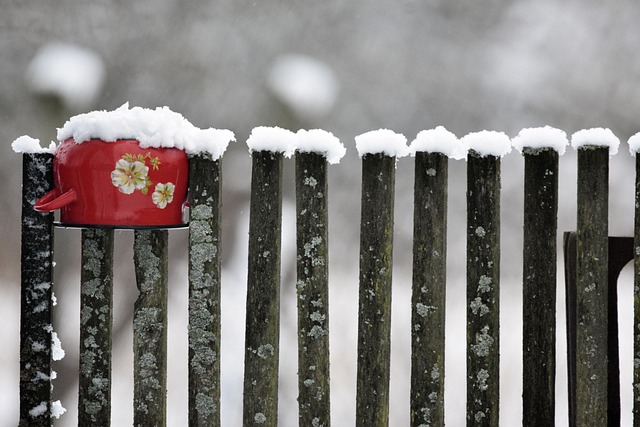For New Bedford, Massachusetts homeowners looking to enhance their outdoor spaces, installing a new fence offers both privacy and security. This guide provides essential tips for DIY fence installation, ensuring your project runs smoothly from start to finish. We’ll walk you through the entire process, starting with planning – including permit requirements and accurate measurements – and material selection tailored to New Bedford’s climate. By following our step-by-step instructions and maintenance advice, you’ll create a durable, attractive fence that stands the test of time.
- Planning Your Fence Installation: Permits & Measurement
- Choosing the Right Fence Material for New Bedford Climate
- Step-by-Step Guide: Post Setting & Board Installation
- Maintenance Tips to Prolong Your Fence's Lifespan
Planning Your Fence Installation: Permits & Measurement
Before beginning your DIY fence installation, it’s crucial to plan ahead. The first step is to verify any necessary permits with the New Bedford, Massachusetts city planning department. Fences can impact property lines and community regulations, so obtaining the right permissions is essential. Once approved, accurately measure the area you intend to fence. Take multiple measurements from different angles to ensure precision, considering both straight runs and corners. Mark these points clearly to guide your post placement. This meticulous preparation will save time, reduce errors, and contribute to a professionally installed fence that enhances your New Bedford property for years to come.
Choosing the Right Fence Material for New Bedford Climate
When considering fence installation in New Bedford, Massachusetts, selecting the appropriate material is key to ensuring longevity and visual appeal. Given the region’s climate, which includes cold winters and humid summers, choosing weather-resistant options is essential. Vinyl fences are an excellent choice for New Bedford homeowners due to their durability and low maintenance requirements. This material can withstand extreme temperatures without warping or breaking, making it ideal for withstanding New England’s unpredictable weather patterns.
Additionally, vinyl fencing comes in various styles, allowing you to match your desired aesthetic. From traditional picket fences to more modern designs, there’s an option to complement any yard layout. Moreover, its resistance to rot and pest damage means less maintenance over time, which is a significant advantage for busy homeowners.
Step-by-Step Guide: Post Setting & Board Installation
Setting posts and installing boards is a crucial step in DIY fence installation. Start by marking the fence line with stakes and string to ensure a straight and level path. Next, dig holes for the fence posts using a post-hole digger, making sure they are deep enough (typically around 3/4 of the post’s height) to provide stability. Place the posts in the holes, ensuring they’re plumb (perfectly vertical), and fill the gaps with concrete for a solid foundation.
Once the concrete has set, attach the fence boards to the posts using nails or screws. Start at one end, securing each board tightly. Overlapping boards by 2-3 inches helps create a sturdy barrier. Regularly check your work as you go to ensure everything is level and aligned.
Maintenance Tips to Prolong Your Fence's Lifespan
Regular maintenance is key to keeping your new fence in top condition and ensuring its longevity. Start by inspecting it frequently for any signs of damage, such as loose boards or split posts. Promptly repair or replace any faulty parts to prevent further issues. Keep an eye out for overgrown vegetation and weeds that can weaken the fence structure over time. Regular trimming and weeding will help maintain the fence’s stability.
Cleaning is another essential aspect of maintenance. Use a soft-bristled brush and mild detergent to gently clean the fence, removing any dirt or debris buildup. Avoid harsh chemicals, as they may damage the fence material. Lastly, consider applying a fresh coat of paint or sealant every few years, especially if your fence is made of wood, to protect it from the elements and enhance its aesthetic appeal.
